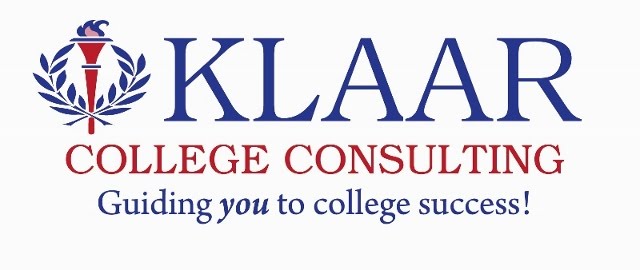Are you on
track with your college application process?
Sometimes it seems there are so many steps you need to take, it’s hard
to tell if you’re on track! Getting
organized by creating a timeline and check list can help you stay on
track.
This month’s
blog focuses on what high school juniors should be doing this spring/early
summer to prepare for their senior year:
Hopefully
you took your practice test (PSAT) last fall, and have made a college “Best
Fit” list based on what’s important to you (size, rural or urban, how far from
home, cost, academic programs, etc.).
1. Schedule your College
Board Test
Most students take either the SAT or ACT test
for the first time during the spring of their junior year, and a second time
during the fall of their senior year.
o
The
ACT registration deadline for the June 16 test is May 9, 2014 – which is
coming right up! The late registration
deadline is May 23.
o
The
SAT deadline is for the June 7 test is May 9; late registration by mail
is May 23; by phone or online it’s May 28.
o
Late
registration may carry additional fees.
2.
Plan Challenging Senior Classes
Now’s not the
time to take it easy! Meet with your
school counselor or, for more personalized attention, an Independent Educational
Consultant, for advice on what courses would be most beneficial based on your
college plans. They can also guide you
on extracurricular activities.
3.
Get Recommendations
Contact the
adults you’ll want letters of recommendations from – doing it now will allow
you to beat the summer rush.
4.
Search for Scholarships
Many local
organizations offer scholarships, but they may have narrow criteria, so finding
the ones that are a good fit may take time.
An experienced Educational Planner can also provide invaluable advice on
scholarships and financial aid.
5. Apply
for Summer Jobs and/or Internships
Future employers – even those offering internships – will
look for students who took the initiative to hold jobs and internships in high
school and college. A job or internship can also help you determine what
types of work or fields interest you.
6. Draft your essay!
Changes in the SATs will not affect current juniors, so you’ll
still need to write an essay, and you’ll also need an essay for your college
application. (The Class of 2016 may not need to write an essay for their
SATs.) Start now and give yourself
plenty of time to do rough drafts, get input, and then fine-tune a final
draft. Educational Consultants such as
Klaar College Consulting can also provide valuable input and guidance on your
essay.
7. Explore Colleges
Review your “Best Fit” list of colleges, and start scheduling
campus visits. Call the admissions
office to find out about campus tour schedules and opportunities for personal
meetings with a professor or coach.
Charlotte Klaar spends about 20 percent of her time visiting
campuses nationwide every year, and she has the expertise to help students
develop their best fit lists. That list
could well include lesser-known colleges that may be an ideal match for you.




